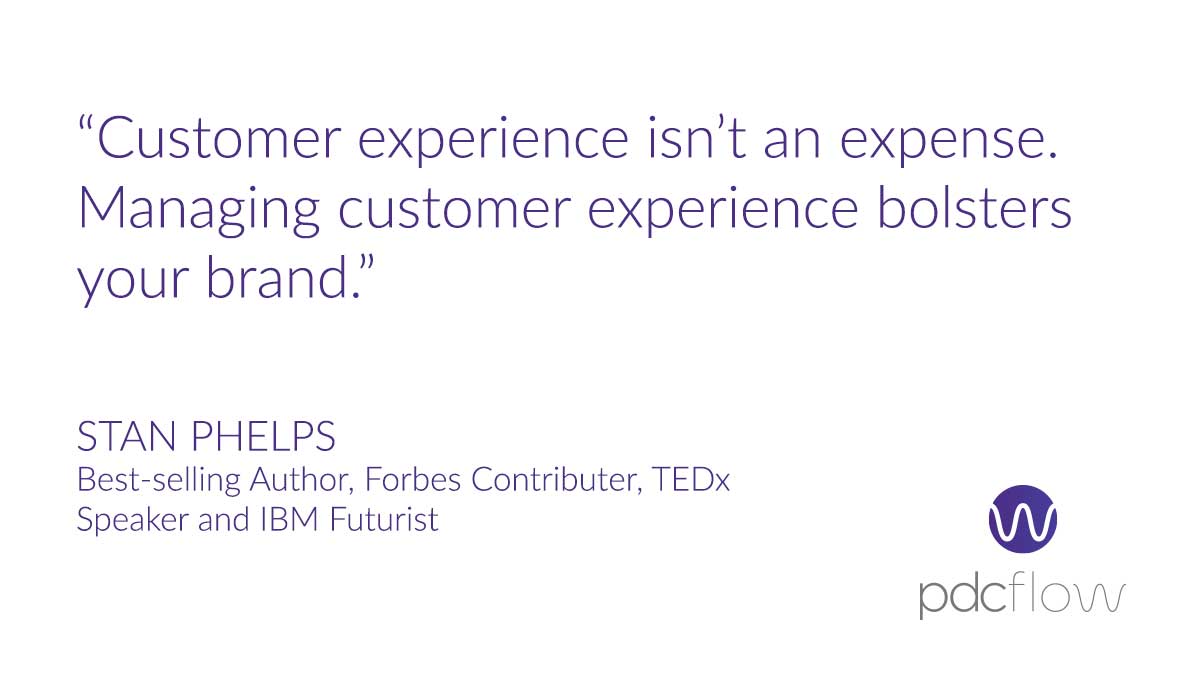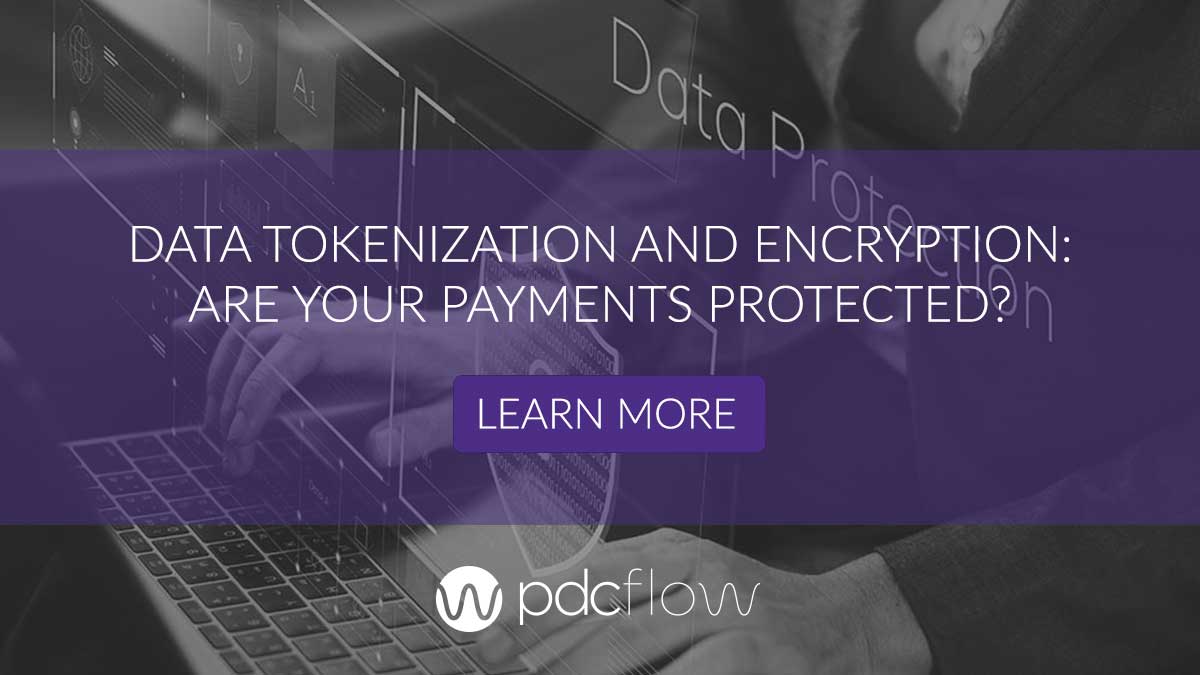Omnichannel payments and multichannel payments are both terms used to describe the options your software allows for taking customer payments.
Omnichannel payment features improve the payment experience for customers but they also have a positive impact on your overall business operations.
What are Omnichannel Payments?
Omni or multichannel payment solutions let you take advantage of more than one payment channel in a single platform.
For example, one might offer functionality that allows both staff-initiated payments and self-serve online payment portals.
In the past decades, omnichannel referred only to different ways a person could pay your company.
With today’s advancements in technology and higher demand for valuable, all-in-one business software, a modern omnichannel payment platform should provide you with functionality beyond payments.
Omnichannel or multichannel payments are the concept of taking payments in more than one channel. This can include online payment pages, staff-initiated payments, payment requests via email and text, or even QR code payment links.
In recent years, omnichannel payment software has transformed into the central location where companies send messages or digital documents, take digital payments, request esignatures, and access reporting.
Omnichannel Payments With PDCflow
PDCflow was originally built as a multichannel way to take payments from customers.
As our company grew and technology advanced, we added even more functionality, to make communication, payments, and secure document management a breeze.
To maximize the value you provide to your consumers, offer an omnichannel payment system like PDCflow for a start-to-finish solution to back office processes.
- Self-serve online customer payments
- Staff-initiated transaction processing
- Credit card processing
- ACH processing
- Cash tracking
- Recurring payment schedules (both created by staff or via self-serve)
- QR code payment links (to print on paper bills sent via mail)
- Multiple merchant trust accounts
- Email and SMS payment capture requests
- Digital document delivery
- eSignatures
- Photo and file upload requests
- Custom branded messages
Taking Advantage of Omnichannel Payments
Omnichannel payment software is becoming a desired option across most industries.
Companies routinely communicate with customers via email and text, send digital documents, and need to collect esignatures to maintain modern business standards.
Omnichannel payment platforms are a great option because they let your business do all of these things in the same system where you take payments.
Yet some companies are still hesitant to adopt. Why are businesses cutting themselves off from better processes, cheaper operational costs, and higher customer satisfaction?
Why companies hesitate to adopt omnichannel payments
Many managers fear disruption. Using new tools means creating new policies and procedures, updated training for staff, and reviewing compliance measures.
Some decision makers (especially those in highly regulated industries like debt collection) worry that new tools won’t comply with industry standards. But customers demand faster, more convenient digital payments.
It’s time to stop worrying and learn how better software leads to better organization management. Because the truth is, offering what your customers want is the most secure, effective way to improve the health of your business.
It’s time to arm yourself with the information you need to choose the right omnichannel payment tools for your organization.

How Omnichannel Payments Improve Business
There are many benefits to adding new payment options to your business, especially through a single, omnichannel source.
Here’s how an omnichannel payment platform can help your company improve payments along with essential esignature and document workflows.
Better Office Processes
Accessing all of your payment information in one place is ideal for everyone. For example, front line employees should have simple ways to send payment requests or securely process a payment themselves.
Back end staff who manage contracts, work orders, or reconciliations need these tools too.
Reporting, audit trails, and automated event notifications help keep back office workers in the loop on deals and make finding data much easier.
Omnichannel payment processing simplifies the way companies work by:
- Requiring less staff intervention: self-service options (like online payment portals or digital payment reminders) let a customer make a payment online through a text, email, or web browser. No employee effort necessary.
- Providing faster workflows: in platforms like PDCflow, companies can create premade templates to send messages faster and roll more than one request into one message for streamlined communication.
- Simplifying back office processes: back office processes like reconciliation become much easier when you can access all of your transactions and customer communications in a single system. Omnichannel payment software should offer credit card, ACH, and cash tracking reporting alongside signed contracts or other customer paperwork.
Better Customer Satisfaction
Email, SMS text messaging and web chat are popular with customers and make it faster and easier to resolve bills. They’re more convenient than finding time to pay by phone or keeping track of a paper statement, and most customers feel like an email or text is less intrusive.
Omnichannel payment and communication offerings reduce likelihood of complaints, disputes and escalations. Improving this digital customer journey increases trust to elevate your brand reputation.
Omnichannel Payment Security
When customers make digital payments, they expect your company to provide a safe environment that protects their credit card numbers, bank account data, or any other personally identifiable information.
Every company that takes digital payments needs to follow compliance and offer a secure way for customers to pay. Companies need to be aware of omnichannel payment security requirements.
PCI Compliance
No one wants to deal with a stolen credit card or the nightmare of identity theft. Companies that accept credit card payments need to adhere to Payment Card Industry (PCI) compliance standards as a way to keep customer credit card data safe.
Omnichannel payment tools should provide a PCI compliant payment solution, so you know that your vendor undergoes measures like penetration testing and safety inspections.
Tokenization and Encryption
Nacha
Nacha, the governing body over ACH payments, also creates rules that protect consumers. One of their most recent rules increased fraud protection by requiring an additional account verification step before submitting a web payment.
Check that your omnichannel payment processor provides an option (like PDCflow’s ACH Verify system) that allows you to validate accounts before accepting web transactions.
Omnichannel Payment Software Pricing
Because omnichannel payment software training and adoption are big concerns for management teams, results need to be worth the hassle.
Before you buy, compare features, plans, and pricing, and support to know what you’re getting.
- Extra costs: Look out for extra charges like per-user pricing that make it more expensive for teams to collaborate.
- Onboarding and support: You need to know you can rely on your vendors. Find a company with free training, in-house customer support, and fast response times.
- Contracts: Does the software contract lock you into a long-term agreement? Do you have to purchase a bundle of messages, predicting what you’ll send monthly, or do you only pay for the messages you send?
Want better, faster, more affordable payment workflows? Stay ahead of your competitors and wow customers with our customizable payments, document delivery, and esignature requests.
Sign up for a demo today and check out what PDCflow can do.





